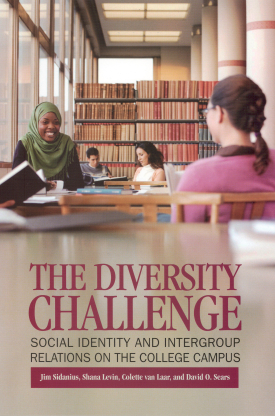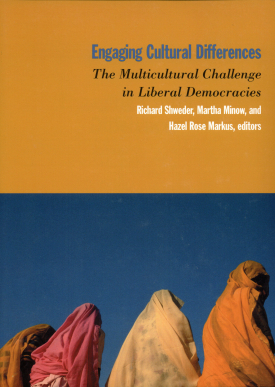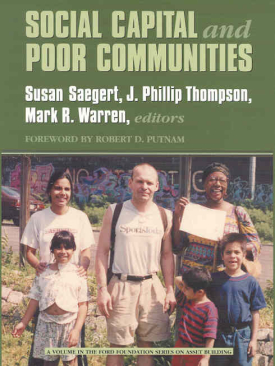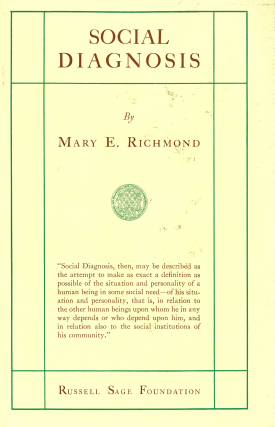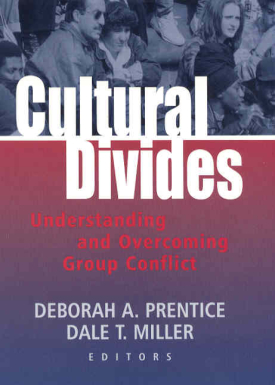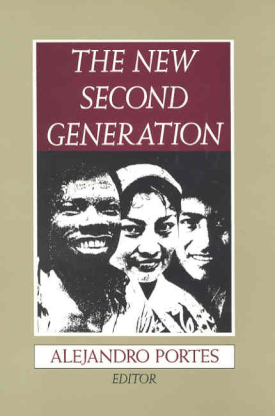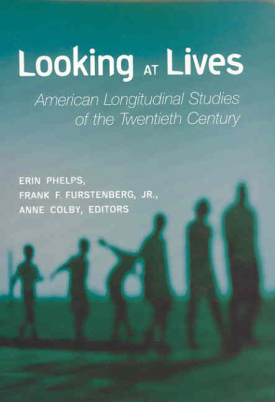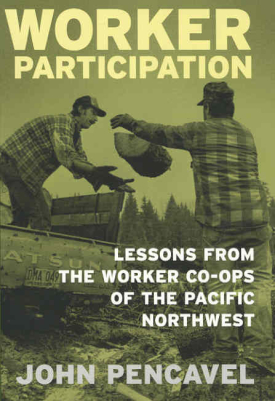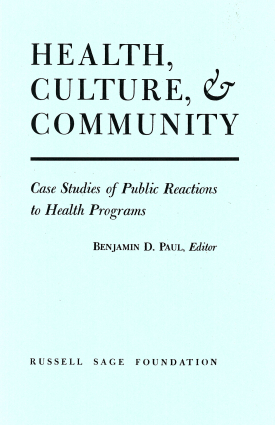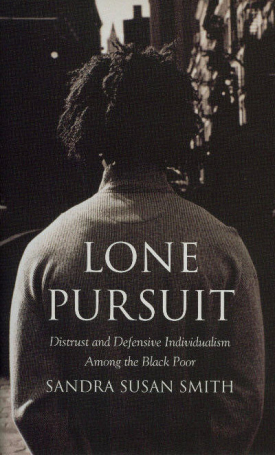
Lone Pursuit
About This Book
Unemployment among black Americans is twice that of whites. Myriad theories have been put forward to explain the persistent employment gap between blacks and whites in the U.S. Structural theorists point to factors such as employer discrimination and the decline of urban manufacturing. Other researchers argue that African-American residents living in urban neighborhoods of concentrated poverty lack social networks that can connect them to employers. Still others believe that African-American culture fosters attitudes of defeatism and resistance to work. In Lone Pursuit, sociologist Sandra Susan Smith cuts through this thicket of competing explanations to examine the actual process of job searching in depth. Lone Pursuit reveals that unemployed African Americans living in the inner city are being let down by jobholding peers and government agencies who could help them find work, but choose not to.
Lone Pursuit is a pioneering ethnographic study of the experiences of low-skilled, black urban residents in Michigan as both jobseekers and jobholders. Smith surveyed 105 African-American men and women between the ages of 20 and 40, each of whom had no more than a high school diploma. She finds that mutual distrust thwarts cooperation between jobseekers and jobholders. Jobseekers do not lack social capital per se, but are often unable to make use of the network ties they have. Most jobholders express reluctance about referring their friends and relatives for jobs, fearful of jeopardizing their own reputations with employers. Rather than finding a culture of dependency, Smith discovered that her underprivileged subjects engage in a discourse of individualism. To justify denying assistance to their friends and relatives, jobholders characterize their unemployed peers as lacking in motivation and stress the importance of individual responsibility. As a result, many jobseekers, wary of being demeaned for their needy condition, hesitate to seek referrals from their peers. In a low-skill labor market where employers rely heavily on personal referrals, this go-it-alone approach is profoundly self-defeating. In her observations of a state job center, Smith finds similar distrust and non-cooperation between jobseekers and center staff members, who assume that young black men are unwilling to make an effort to find work. As private contractors hired by the state, the job center also seeks to meet performance quotas by screening out the riskiest prospects—black male and female jobseekers who face the biggest obstacles to employment and thus need the most help.
The problem of chronic black joblessness has resisted both the concerted efforts of policymakers and the proliferation of theories offered by researchers. By examining the roots of the African-American unemployment crisis from the vantage point of the everyday job-searching experiences of the urban poor, Lone Pursuit provides a novel answer to this decades-old puzzle.
SANDRA SUSAN SMITH is assistant professor of sociology at the University of California, Berkeley.

